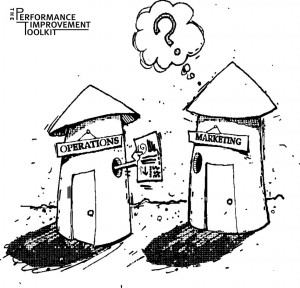‘Pull’ is the New ‘Push’ When it Comes to Travel Marketing Strategy
Unlike most doors of my acquaintance, a combination of push and pull is usually the best way to proceed when contemplating your marketing strategy.
And as I contemplate another lates booking season approaching, it occurred to me the travel industry has a tendency towards pushing rather than pulling.
How many times do you hear in meetings this ‘resort needs a push’, ‘we need to push this room type’, ‘this destination needs a push’. I remember sitting in trading meetings and listening to the same old chestnuts coming up again and again. You’d expend 80% of your time ‘pushing’ 20% of the product – often showcasing your least desirable holidays to the public just because they need a ‘push’. Think of the damage that you could be doing to your brand.
Clearly things need pushing because they’re not selling, and they’re not selling for a reason. Before ‘pushing’ something  from a promotional perspective, you need to look hard at the rest of the marketing mix to see whether there’s another reason behind it’s reticence to sell. Perhaps the pricing is uncompetitive, perhaps the photography is poor, perhaps your sales team don’t like it and perhaps it’s just a poor product that shouldn’t be in your portfolio at all. Only when you’ve unturned all these stones should you push it. You wouldn’t catch a fashion retailer putting a sub standard dress in the shop window.
from a promotional perspective, you need to look hard at the rest of the marketing mix to see whether there’s another reason behind it’s reticence to sell. Perhaps the pricing is uncompetitive, perhaps the photography is poor, perhaps your sales team don’t like it and perhaps it’s just a poor product that shouldn’t be in your portfolio at all. Only when you’ve unturned all these stones should you push it. You wouldn’t catch a fashion retailer putting a sub standard dress in the shop window.
There’s nothing wrong with a bit of push – there’s no doubt that customers can be influenced in their choice of destination by a good deal. But the whole emphasis in marketing is shifting to pull – find out what customers want and then giving it to them.
You should be analysing your metrics like mad – what are people looking for on your sites search but can’t find? What destinations are people looking at? Which search terms are getting the greatest impressions?
And with the advent of social media, there are so many ways to tap places your potential customers are buzzing about using one of the social media listening tools on the market. And you mustn’t forget how influential the media are in determining destination trends – you need to keep on top of what’s being written about.
Then think about how you can draw more of those people who are interested in those destinations to you. Creating more relevant content to draw them to you via SEO and email, upping the bids of your search terms to get a more prominent share of voice, getting more of the sort of product in the places that people are interested.
You’re going to need to be able to be flexible. But we live in times when destinations can see a flood of visitors turn into a trickle in a couple of weeks. In such an environment, the fleet-of-foot will thrive and 12 month planning cycles become an irrelevance.
It may be challenging but much rather that than pushing at a door that refuses to open – as I’m sure you’ll agree, that can make you look rather stupid.

